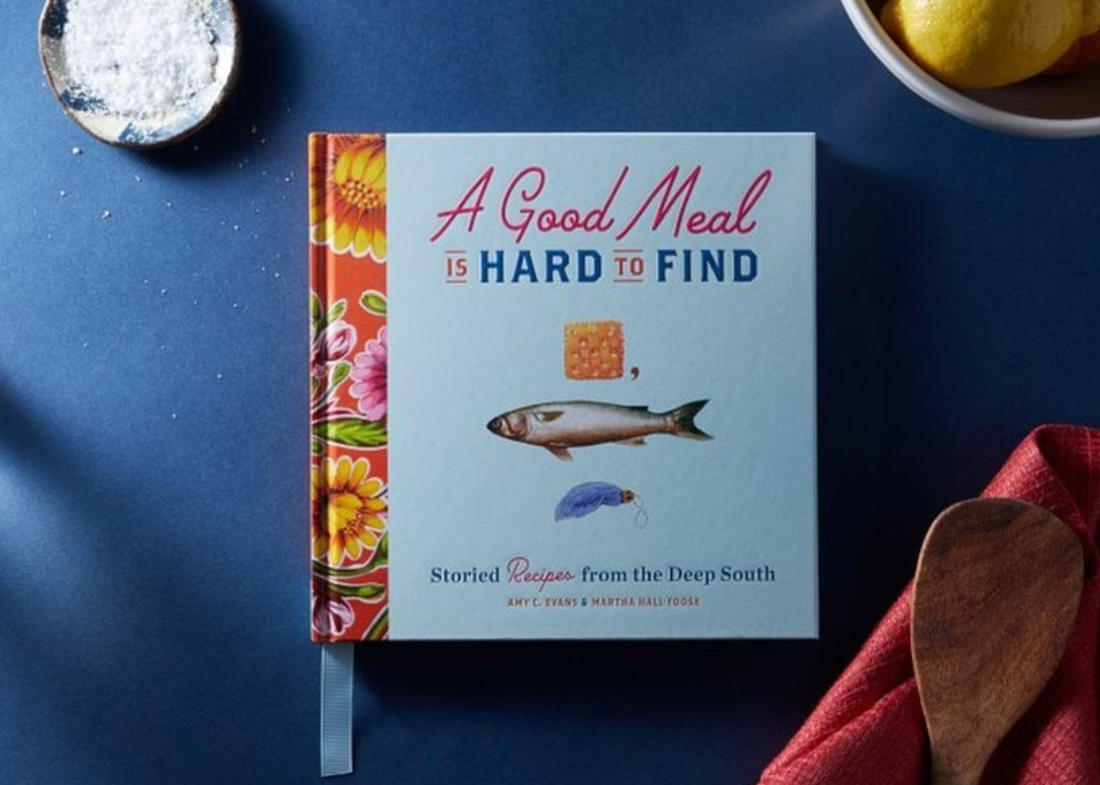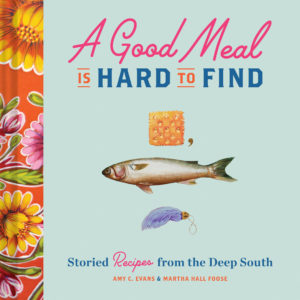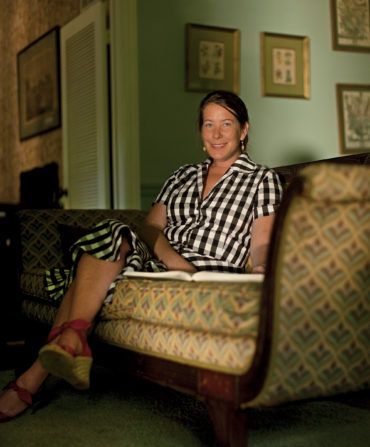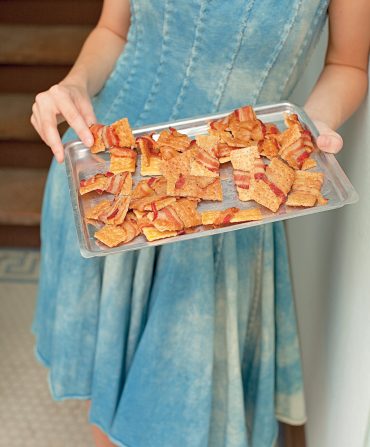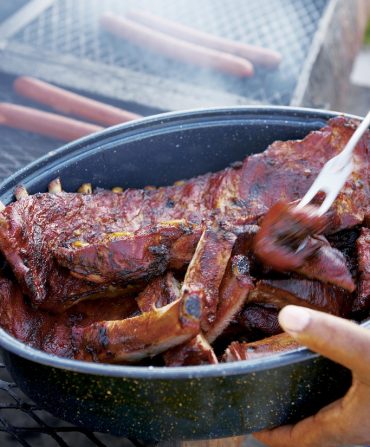It’s hard not to be charmed by Martha Hall Foose (she of the bacon crackers). With its blend of good-humored storytelling and honest recipes, the Mississippi chef and author’s first book, 2008’s Screen Doors and Sweet Tea, became a runaway success, earning accolades including a James Beard Award and, perhaps even more importantly, a place of honor in home kitchen across the South. The book was quickly followed by a second helping, A Southerly Course, in 2011. “You get forty years to write the first book and then you get like nine months to write your second book,” Foose says, with a laugh. Then, during the next ten years, she served as executive chef for the Viking Cooking School in Greenwood, Mississippi, near her home in Tchula, and partnered with other authors, from Atlanta chef Asha Gomez to Little Big Town singer Kimberly Schlappman, to help bring their cookbooks to life. Readers who aren’t also cookbook collectors might also recall Foose from her starring role in Dispatches from Pluto, Richard Grant’s fish-out-of-water memoir about his move from England to the Mississippi Delta.

Now, at last, Foose is back with A Good Meal is Hard to Find: Storied Recipes from the Deep South. But she’s not alone. The book is structured like a community cookbook—the kind published by Junior Leagues, churches, and other organizations—except each recipe is contributed by a fictional character, created by Foose and her co-author, Amy C. Evans, who painted accompanying scenes and still lifes. “It was such a fun, fun, fun project to work with,” Foose says. “Amy and I just sort of conjured up a whole neighborhood of imaginary friends.” For example, there’s Lenore Anne, who “never threw a party without tamales on her table.” Her recipe: Lenore Anne’s Delta Hot Tamale Balls—a kicked-up spin on a classic sausage ball. (Scroll down for the recipe.) Or Dot, who occasionally arrives “home in the morning, still in her evening attire,” and needs breakfast on-the-go—Sweet Potato and Bacon Purse Pie—because “the Carondelet streetcar waits for no one.”
The blend of fantasy, charm, and delectable recipes makes A Good Meal perfectly suited to these anxious times when so many people are separated from their loved ones by stay-at-home orders. It’s often said that reading a good cookbook is like spending time with a good friend—this book contains dozens of them. “I’m just so pleased with it and I hope people get it,” Foose says. “It’s an odd little book.”
In between interruptions from the meter reader, a search for a missing pair of glasses, a cat that needed to be let outside, and all the other stuff of life, we spoke with Foose by phone in February from her home in Tchula.
How would you describe this book? Is it a cookbook? Is it a work of fiction? Is it a community cookbook?
I think it’s just like a cooking story-book, maybe? Amy and I talked a lot about, Who is this person? What’s their life like? I always love to imagine who these people are that submit the recipes in community cookbooks. Amy and I are both big community cookbook collectors. I just love them. My great aunt Mary Thompson worked on the Tchula Garden Club cookbook, which was very influential in my life. The University of Southern Mississippi has a wonderful online collection of eight-hundred community cookbooks and they’re digitizing another three hundred. I love the ones that have crazy names for the recipes. Like in the Jackson Symphony League cookbook, there’s a recipe called Squash You Dora, which I think was meant as a tribute to Eudora Welty, but also I think is a little mean-spirited. [Laughs.] I love the ones that have names like, you know, Mrs. Munson’s Cold Tongue. The names of some of the recipes could be short stories themselves. [In our book,] Amy’s paintings kind of challenge you to fill in the gap. And so we wanted the little short written pieces before each recipe to be the same way—intriguing. You have to fill in the rest of the story yourself. Like the woman that feeds Saltine crackers to her ceramic bird collection. Like, What kind of maniac is this person? We wanted them to be intriguing, I guess, more than tell a straight-line story.
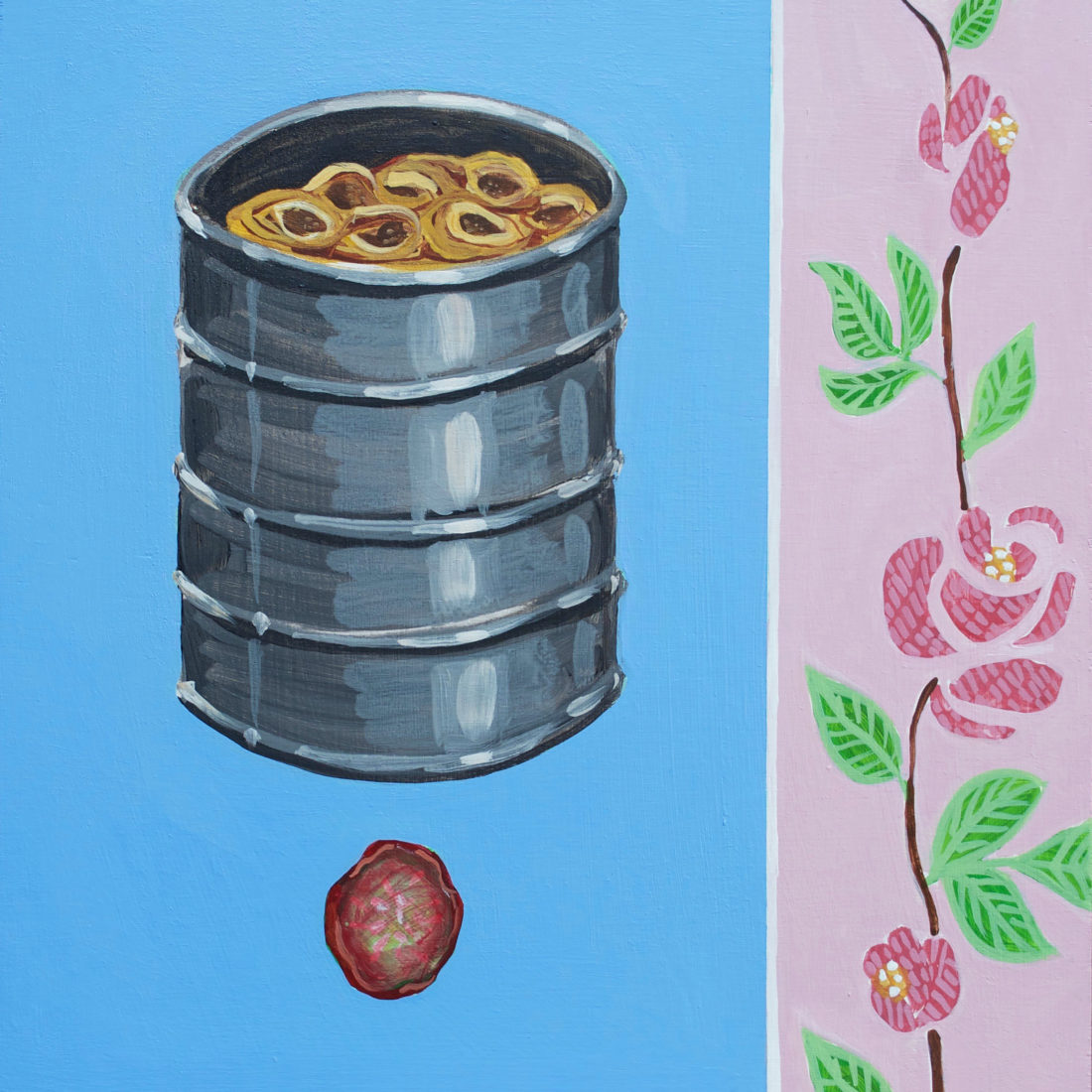
This is the first of two cookbooks you’ll release this year. You’ve partnered again with Asha Gomez…
Yes, I Cook in Color—it’s going to be a beautiful book [to be released in October]. I love the cover already. The inside is just gorgeous.
I often see your name on cookbooks in partnership with other folks. What is that process like?
I really like collaboration. I always feel like two heads are better than one. And it’s a funny job to work with someone else. You know, I might find myself writing in the voice of a country music star for a year and then switch gears and write as a woman who had a childhood in Kerala, India. Or, if I’m working with a chef, trying to decode their recipes into more home- and kitchen-friendly recipes, and to help them realize that no, we don’t have a prep cook at home, or a high-powered Robot Coupe [an industrial food processor, used by many professionals], and no, my oven does not have twenty-bazillion BTUs. I’m just starting a collaboration with Suzy Karadsheh, the Mediterranean Dish is her website. She’s from Atlanta and she’s Egyptian. So I’m brushing up on my Mediterranean cooking and Middle Eastern cooking and Northern African cooking. So I get to learn a whole lot. I didn’t know much about Indian cooking when I went into the process of working with Asha. I’m just curious in general.
Do you feel like that prepared you in a way for you current book because you were channeling so many other people?
I hadn’t really thought about it, but I guess it did. When were working on A Good Meal, Amy and I would be talking and I’d say, Well, what if the recipe is a strawberry pop? And she’d be like, No, the patient definitely has a strawberry allergy. We got involved with these people. None of the stories are more than four sentences, but their back stories were very intricate.
Is one of the characters most like you?
No, I don’t think we disguised ourselves in any of them. But we could have gone on and on. I mean this book could have been four-hundred pages.
Do you have a favorite recipe from the book?
That’s like picking out your favorite child. Recipe-wise, I love the Bacon Purse Pie, and the Hot Tamale Balls are great. You know, I do love the Poppy Seed Waffles with the Plum Jelly Butter. They’re delicious. And I make a pissaladière probably every other week. I mean, it’s just so easy. It’s like the quickest throw-together. But if think of the people, I love Zelda. Jeez. Making caldo and waiting for the band to get up so that she can finally play the piano tune that she’s been working on… They’re just all such dear friends.
Your recipes are especially relatable to home cooks. And so much of the food realm is chef-driven. But at the end of the day, most of us eat at home. What does that mean to you and why is that such a focus of your work?
I cook constantly. I pretty much live in the kitchen. We live in small town. If you want anything at least a bit exotic, you make it yourself. I worked at Pillsbury in the publications department for a few years, and that really was such a great cookbook-writing bootcamp. And also it really taught me that you want people to have a successful experience. They’re going to take the time to visit with you through the pages and shell out the money for a book and then shell out the money for the groceries…you want it to be a positive experience.
I always have this imaginary person that I’m writing for referred to as Suzie in Topeka, because I want the recipe to be something that everybody can relate to and that there aren’t going to be too many barriers as far as specialty equipment. So much has changed from Screen Doors and Sweet Tea—it’s almost twelve years old now. Just in the time that I’ve been primarily a recipe writer, you would always have to have a footnote of where you can get this particular ingredient or that. Now, if I read a recipe for something Thai, with one click, I can have some galangal on my doorstep. That’s really broadened the world of things that you can call on in a recipe. It’s changed so much, which is really exciting. It’s sort of like giving a painter more colors to choose from.


